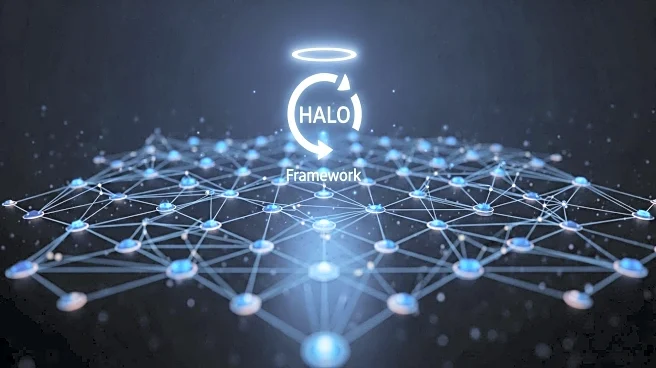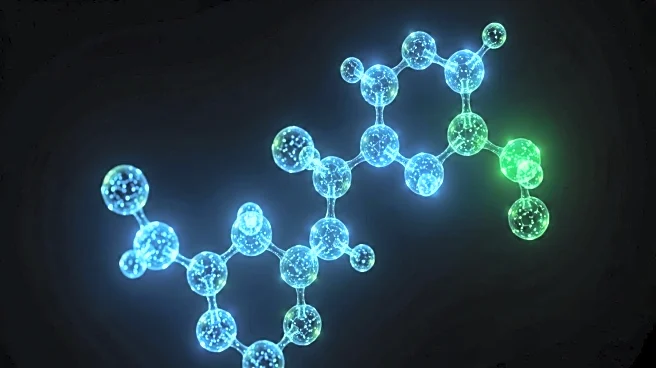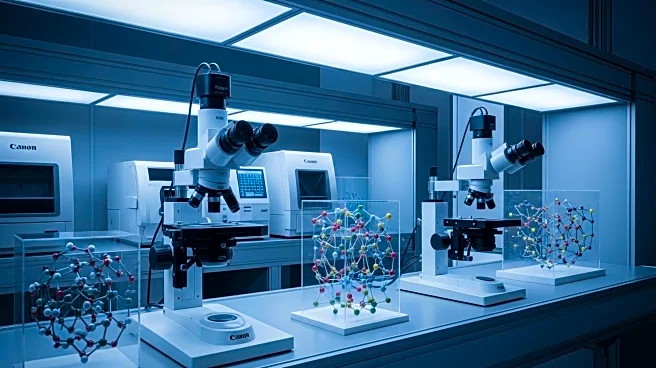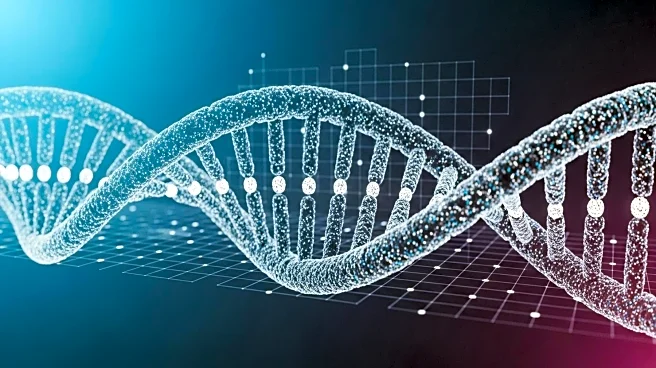What's Happening?
The HALO model, a hierarchical causal modeling framework, is enhancing the analysis of single-cell multi-omics data. By integrating scRNA-seq and scATAC-seq data, HALO provides insights into gene regulation dynamics and spatiotemporal interactions within tissues. The model employs causal constraints to capture temporal dependencies and distribution shifts, offering a comprehensive understanding of chromatin accessibility and gene expression changes over time. This approach is expected to improve the characterization of cellular mechanisms and regulatory interactions.
Why It's Important?
HALO's ability to analyze multi-omics data at a single-cell level is crucial for understanding complex biological processes and disease mechanisms. By providing detailed insights into gene regulation and cellular interactions, HALO can aid in the development of targeted therapies and personalized medicine. Researchers and pharmaceutical companies stand to benefit from these advancements, potentially leading to breakthroughs in disease treatment and prevention.
What's Next?
Future developments in HALO may include the integration of additional modalities, such as methylation and protein levels, to provide a more comprehensive understanding of gene regulation dynamics. This could lead to more accurate predictions of cellular behavior and improved therapeutic strategies. Stakeholders, including research institutions and biotech companies, are likely to invest in further development and application of HALO in various research areas.
Beyond the Headlines
The use of HALO in multi-omics data analysis raises ethical considerations around data privacy and the potential for personalized medicine to exacerbate healthcare inequalities. As these technologies become more integrated into clinical settings, there will be a need for robust regulatory frameworks to ensure ethical use and equitable access.










